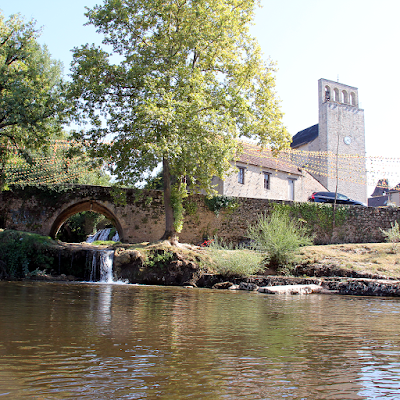 |
| Condat on confluence of the Vézère and Coly. |
 |
| Condat during its festivities. |
 |
| Map of Condat-sur-Vézère. |
 |
|
Romanesque church of Notre-Dame-et-Saint-Jean-Baptiste. |
 |
| The 14th century prison tower. |
 |
| Transhumance passing through the village. |
 |
| Hiking the Boucle de Maurival. |




No comments:
Post a Comment